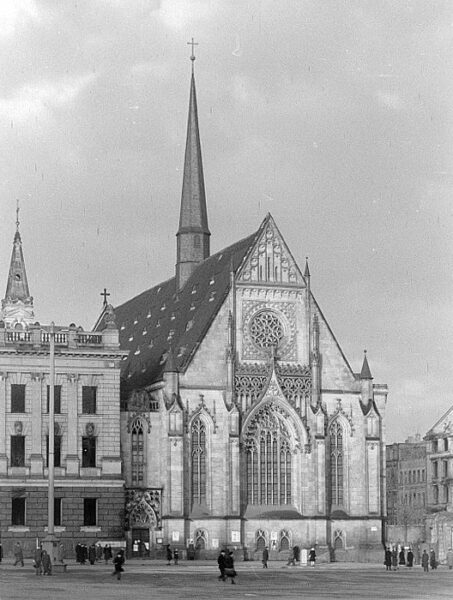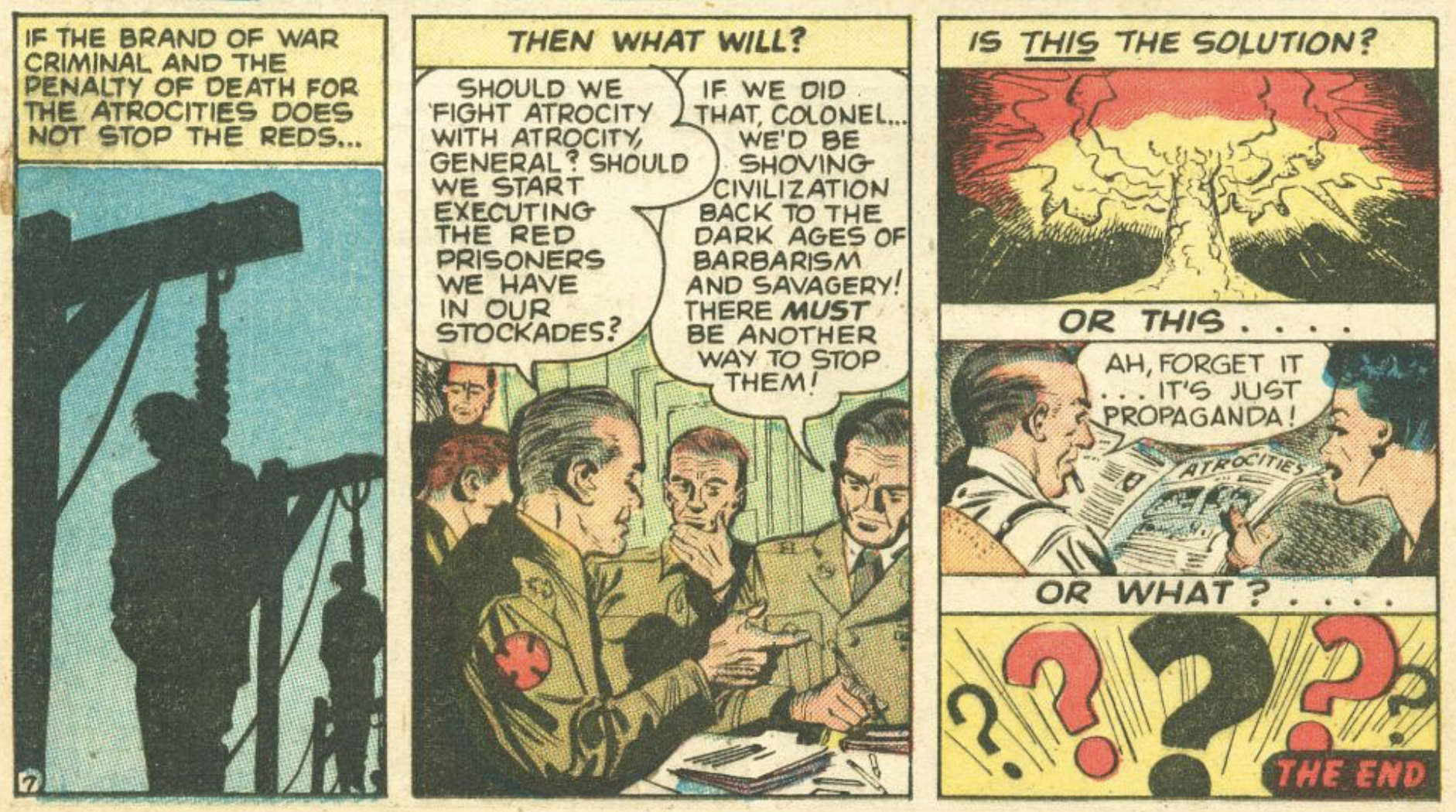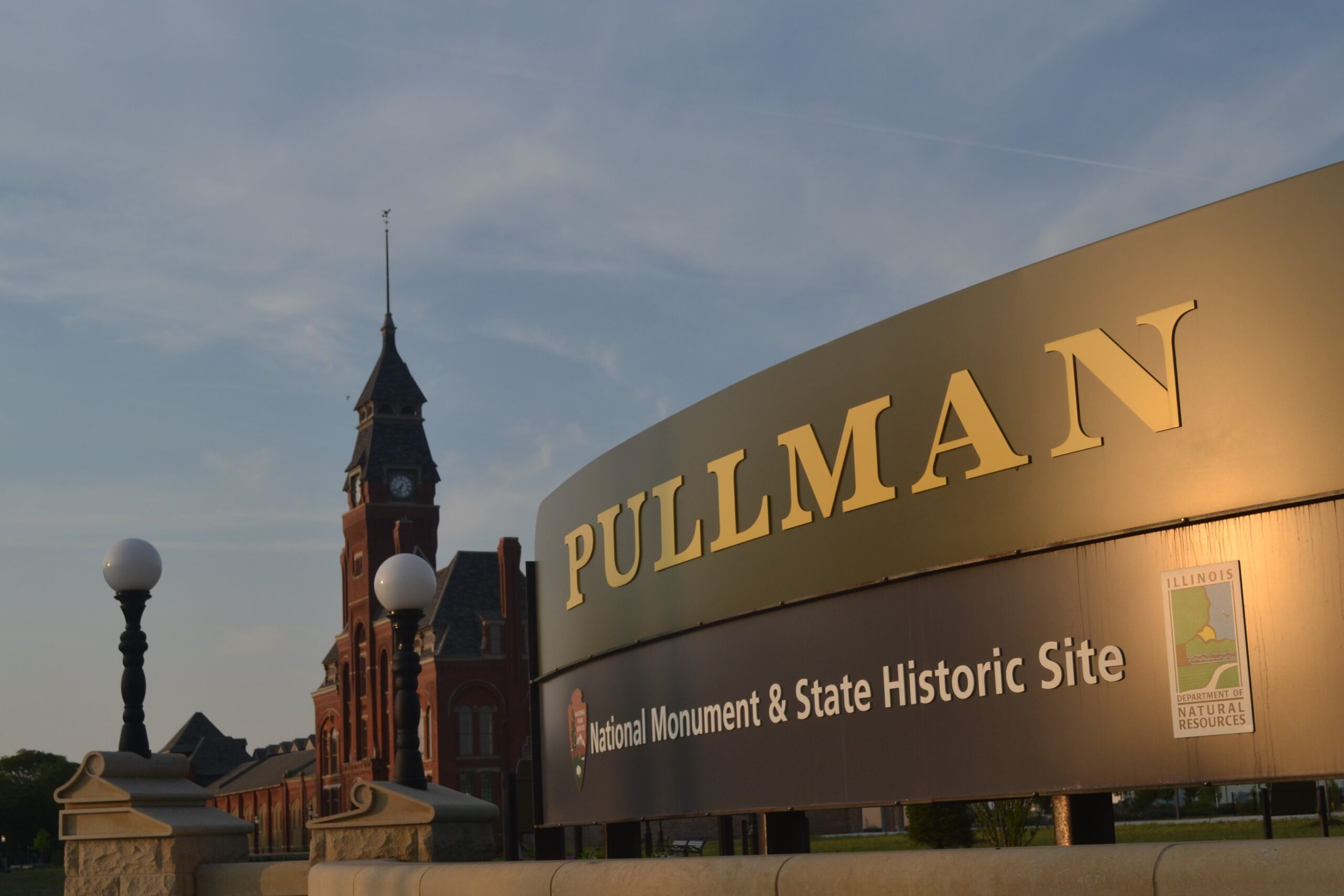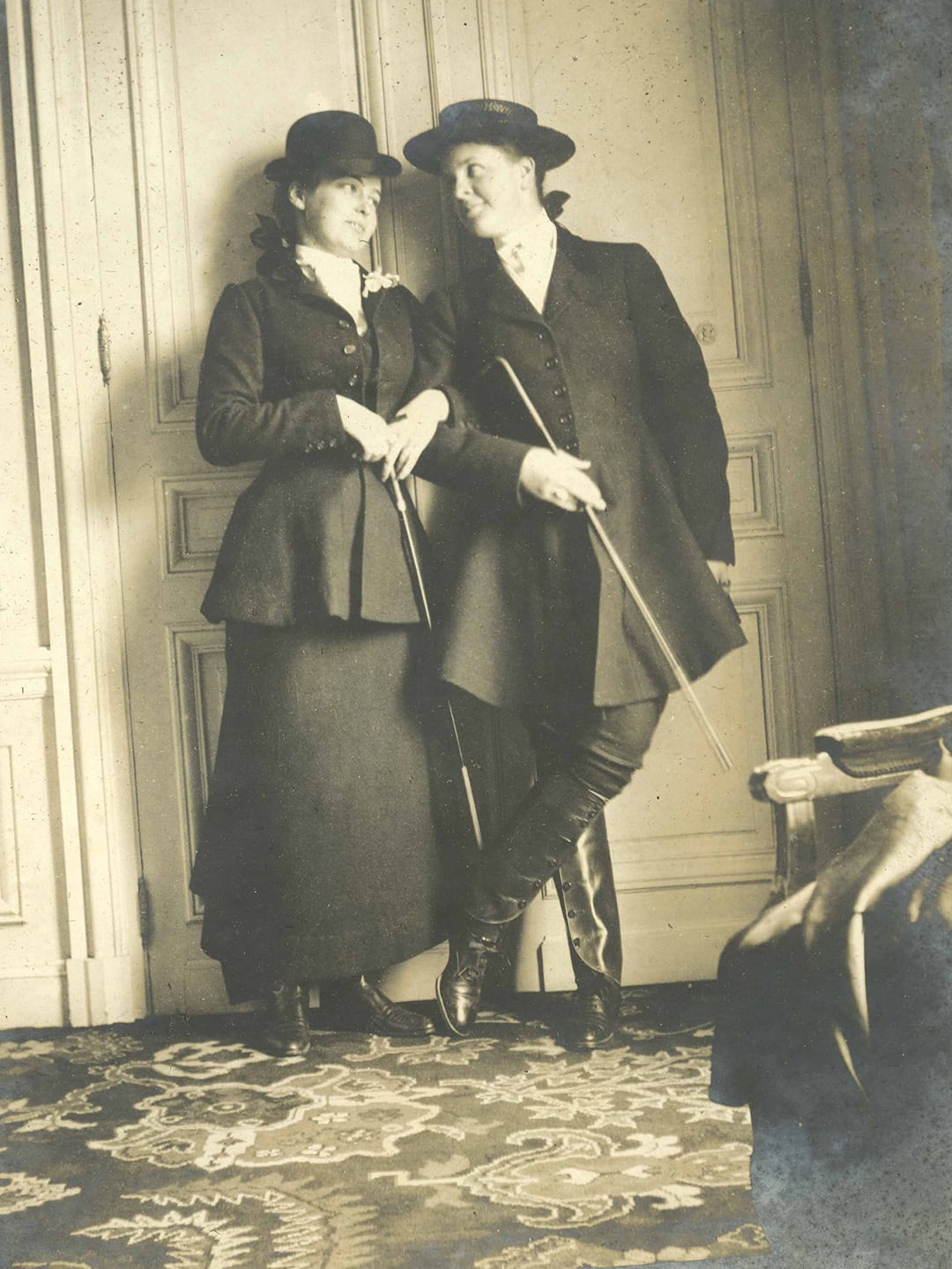In a rambling speech to colleagues on Hitler’s birthday in 1963, district party secretary Paul Fröhlich insisted upon the proposed demolition of Leipzig’s fully intact Gothic University Church: “I recommend that, when deciding this question, we proceed on the basis of the Politburo resolution. The people can certainly express their opinion about it, but we must be sovereign to decide for ourselves.” Massive public opposition had arisen to block the unthinkable outcome—how could the regime tear down the historic campus that had been the center of intellectual exchange since the University of Leipzig (in communist times Karl Marx University) had grown out of a Dominican cloister in the 15th century to become the oldest university in East Germany? Johann Sebastian Bach himself had tempered the organ in its acoustically renowned hall of Gothic vaulting; Martin Luther had inaugurated the Reformation within its walls; and since the Second World War, Lutherans had shared it as home to Leipzig’s Catholic population, many of them expellees from the lost German eastern territories.

Despite massive public protest, Leipzig’s University Church was demolished on May 30, 1968. Roger Rössing, Deutsche Fotothek, Wikimedia Commons/CC BY-SA 3.0 de
Notwithstanding the largest instance of protest in East German history between the 1953 Uprising and the 1989 Revolution, on May 30, 1968, the storied landmark came crashing down. Tens of thousands of engaged citizens had sought to be part of what, in The People’s State (2005), Mary Fulbrook calls “participatory dictatorship,” in which the state’s “democratic centralism” could still foster involvement from a population that was “both constrained and affected by,” yet also often voluntarily supportive of, regime policies. The trauma of Leipzig’s 1968 endured as striking proof that the so-called “people’s democracy” did not listen to its people.
The dynamiting of the University Church on Karl Marx Square—the central square in East Germany’s second-largest city—just months before the Prague Spring crackdown thus demonstrates the limits of democracy in the German Democratic Republic. On the one hand, the regime always employed language of democratic transparency. In the state press and in public speeches, communist elites insisted that the people were “working with” them to build a better future. And indeed, through the first decade after the Second World War, Leipzigers proceeded in good faith that they could express their opinions about the city in letters to local political and planning officials, as well as in comments inscribed in visitor books at architectural exhibitions. Hand-drawn proposals from local engineers and graphic artists at a 1949 exhibition for planning Johannis Square—within eyeshot of the central Karl Marx Square on a major eastward avenue—evinced creative engagement in building a modernized socialist cityscape out of the wreckage left from the Third Reich.
The regime’s rhetoric ultimately fell flat, however, at a 1960 exhibition for planning Karl Marx Square. In the name of democratic openness, the regime displayed a series of internal competition results in city hall that foresaw the elimination of virtually all historic architecture from the square in favor of mediocre modernist boxes. This served the agendas of a wide swathe of officials: top party elites like Walter Ulbricht and Fröhlich wanted to wipe out a church façade from the central square; the university administration wanted to secure modern facilities; city planners wanted to build the purely modernist city of the future; and officials across the spectrum were anxious to step into line behind the dogma that, as the city’s party newspaper editor Karlfried Glöckner professed in the Leipziger Volkszeitung in 1964, “there exists no pressing cultural or preservation rationale for the retention of this architecture.” In response, public incomprehension, outrage, and imaginative suggestions filled three visitor books (destroyed partway through the 1960 exhibition, their contents only preserved deep in police records), as well as a flood of protest letters. Leipzigers of all classes and professions were quick to point out that St. Basil’s Cathedral worked just fine on Red Square, and in Poland untold restoration of historic buildings had sustained an air of continuity in otherwise modern cities.
Leipzigers were desperate to advise their leaders to stay the wrecking ball and so prove that they lived in a state that took public opinion seriously. Instead, notwithstanding eight more years of protest letters that climaxed in unorganized mass protests on Karl Marx Square itself, the authorities destroyed the University Church before a sea of horrified civilians at 10:00 a.m. on May 30, 1968. In contrast to preconceptions about East German passivity, Leipzigers had aggressively asserted their desires to the authorities, proving that this was not a totalitarian juggernaut. But the regime’s hardline imperatives to carry through with its most unpopular objectives (while claiming it was executing public desires) demonstrated that this was not a people’s state.
As the dust cleared on Karl Marx Square, this stark reality of top-down tyranny inaugurated a new epoch in state-public relations in which the harder the regime pushed its rhetoric of people’s democracy and public participation, the more jaded public sentiment became. The events of 1968 were burned in local memory as an injustice that under a veil of official narratives erased the vanished icon’s very existence and banished all public discussion of its fate. Small wonder that Leipzig’s peaceful revolution in 1989 congregated on Karl Marx Square, where 1968 arose in public discourse as a cardinal memory of communist misrule. Thus did Leipzig’s University Church prove an unwitting testing ground for democracy: if this dear landmark could not be saved after such a resounding response from a diverse populace, why should anything else be possible in “real existing socialism”?
In much the same way, one can summon numerous examples from Western democracies where a demolition proved that the public was shut out from authoritarian planning structures. From Birmingham to Milwaukee, US highway construction eliminated black neighborhoods 50 years ago, and the historicist gem of city hall in Grand Rapids, Michigan, was knocked down in 1969 despite mass protest that peaked with a citizen chaining herself to the wrecking ball.
Yet on other occasions, the success of public pushback demonstrated that democracy was yet a reality. In the early 1970s, public activism saved Washington’s Old Post Office from demolition and yielded a historic preservation society whose campaigns restore landmarks across the capital to this day. In 1970s Frankfurt/Main in West Germany, fanatical modernist objectives faltered in the face of mass protest. Mayor “Dynamite Rudi” Arndt and his Social Democratic party lost power, and a new Christian Democratic regime swept into the majority for the first time ever, steering the West German metropolis on a course that saw its historic opera house restored, its threatened Westend neighborhood partially retained, and its old town decorated with replicas of landmarks leveled in the war.
More recently, debates were pitched about tearing down the socialist-era Palace of the Republic in Berlin and replacing it with a replica of the Hohenzollern palace dynamited in 1950. On both sides, advocates passionately raised concerns about historical authenticity and erasing the past. The resulting shell-replica of the palace (still under construction) with modern interiors and even façades has not pleased all sides to say the least. Whether in 1970s Frankfurt or contemporary Berlin, no one got precisely the outcome he or she desired. And if compromise is a sign of democracy, then it is crucial to examine the extent to which official rhetoric about public participation actually reflects reality in the politics of architectural landmarks. Taken in the context of grassroots discourse and public exchange, a demolition can tell us much about the state of a nation’s democracy.
Established by the AHA in 2002, the National History Center brings historians into conversations with policymakers and other leaders to stress the importance of historical perspectives in public decision-making. Today’s author, Andrew Demshuk, recently presented in the NHC’s Washington History Seminar program on “Demolition in Karl Marx Square: Cultural Barbarism and the People’s State in 1968.”
This post first appeared on AHA Today.
Andrew Demshuk (American Univ.) published The Lost German East: Forced Migration and the Politics of Memory, 1945–1970 (Cambridge Univ. Press, 2012) and received a Humboldt fellowship to research Demolition on Karl Marx Square: Cultural Barbarism and the People’s State in 1968 (Oxford Univ. Press, 2017) as well as Three Cities after Hitler: Urban Reconstruction across Cold War Borders (under review), which compares how three cities in Germany before 1945 were rebuilt under West German, East German, and Polish rule.
This work is licensed under a Creative Commons Attribution-NonCommercial-NoDerivatives 4.0 International License. Attribution must provide author name, article title, Perspectives on History, date of publication, and a link to this page. This license applies only to the article, not to text or images used here by permission.


